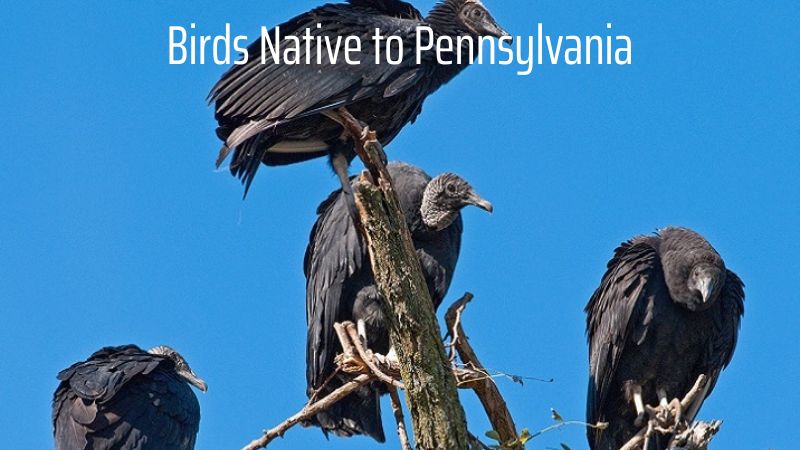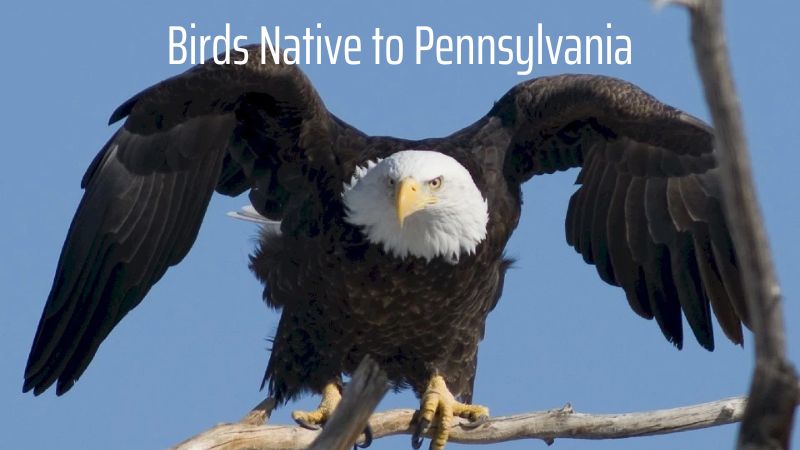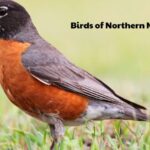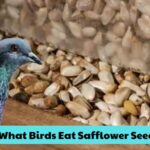Bird Care
Exploring the Diversity of Birds Native to Pennsylvania
Birds native to Pennsylvania play a vital role in the state’s diverse ecosystems, from forests to wetlands. With its varied habitats, Pennsylvania is home to a rich array of bird species, each contributing to the region’s biodiversity.
From the iconic bald eagle to the vibrant northern cardinal, these birds help maintain the balance of nature. Exploring the habits and challenges faced by birds native to Pennsylvania reveals their significance in the environment. Let’s find out more details with Bird04!
Biodiversity of Birds Native to Pennsylvania
Influencing Factors
- Diverse Terrain: Pennsylvania’s varied landscape, ranging from dense forests to flat plains and mountainous regions, provides a range of habitats for different bird species. This diversity in terrain supports a rich variety of avian life, adapting to the unique environments found across the state.
- Four-Season Climate: The state’s climate, characterized by four distinct seasons, creates varied living conditions throughout the year. This seasonal variation allows different bird species to thrive, with some birds being year-round residents while others migrate to or through Pennsylvania depending on the season.
- Abundant Food Sources: Pennsylvania offers a rich array of food sources, from insects and seeds to fruits and nuts. This abundance supports a wide range of bird species, each adapted to exploit different types of food resources available in their habitats.
Characteristic Bird Groups
- Forest Birds: Species that predominantly inhabit forested areas include woodpeckers, sparrows, and owls. These birds are adapted to life in the dense canopy and understory, where they find shelter and food.
- Water Birds: Birds that live near water sources include ducks, geese, and herons. These species are commonly found in wetlands, rivers, and lakes, where they feed on aquatic plants and small animals.
- Raptors: Predatory birds such as hawks and eagles are notable for their hunting skills and are found across various habitats in Pennsylvania. They play a crucial role in controlling the populations of smaller animals.
- Migratory Birds: Many migratory species pass through Pennsylvania during their seasonal migrations. These birds travel through the state at different times of the year, utilizing it as a stopover point or temporary habitat.

Notable Native Bird Species in Pennsylvania
Ruby-throated Hummingbird
- Appearance: This small bird is easily recognizable by its metallic green feathers and bright red throat (in males), which contrasts with its white belly. It typically measures about 3 to 3.5 inches in length, making it one of the smallest bird species in the region.
- Habitat: Found in gardens, woodlands, and near meadows, the ruby-throated hummingbird prefers areas with abundant flowering plants where it can feed on nectar.
- Behavior: Known for its rapid wingbeats and hovering flight, it feeds primarily on nectar from flowers and small insects. This species breeds in Pennsylvania during the summer and migrates to Central America for the winter.
- Ecological Role: As a pollinator, the ruby-throated hummingbird plays an important role in maintaining plant diversity by aiding in the reproduction of flowering plants.
Northern Cardinal
- Appearance: The male cardinal is easily identified by its bright red plumage and distinctive crest on its head, while the female is more subdued with tan or brown feathers and hints of red. Both sexes have black masks around their beaks.
- Habitat: Cardinals are commonly found in woodlands, gardens, and shrublands. They are year-round residents of Pennsylvania and are often seen near bird feeders.
- Behavior: Cardinals are primarily seed-eaters but also consume fruits and insects. They are territorial during the breeding season, and their beautiful songs are often heard in the early morning. Cardinals do not migrate and remain in Pennsylvania throughout the winter.
- Ecological Role: Cardinals help control insect populations and disperse seeds, contributing to plant growth and the overall health of their ecosystems.
Bald Eagle
- Appearance: The bald eagle is a large bird of prey, recognized by its white head and tail contrasting with its dark brown body and wings. It has a wingspan of up to 7 feet, making it one of the largest birds in North America.
- Habitat: These birds prefer areas near large bodies of water, such as rivers and lakes, where they can hunt for fish, their primary food source. Bald eagles are often found nesting in tall trees near water.
- Behavior: Bald eagles are skilled hunters, feeding mainly on fish, though they will also scavenge and hunt smaller animals. They build large nests, known as eyries, and return to the same nesting sites year after year. While some bald eagles migrate, many are year-round residents in Pennsylvania.
- Ecological Role: As apex predators, bald eagles help maintain the balance of their ecosystems by controlling fish and small mammal populations. They also serve as indicators of environmental health due to their sensitivity to pollution, particularly in water bodies.
Challenges Facing Native Bird Species
- Habitat Loss: Urbanization, deforestation, and environmental pollution have led to significant habitat destruction. As forests are cleared for development and agriculture, native birds lose essential nesting areas, shelter, and food sources, making it harder for them to survive.
- Climate Change: Changes in temperature and weather patterns disrupt the breeding cycles and migration routes of many bird species. Additionally, fluctuating climate conditions affect the availability of food, especially for birds dependent on specific plants, insects, or seasonal resources.
- Invasive Species: Non-native species compete with native birds for food and nesting spaces. These invasive species often outcompete local birds, reducing their population. In some cases, they also introduce diseases that further threaten native species.
- Illegal Hunting: Poaching and illegal hunting pose a serious threat to the survival of native bird species. This practice leads to a decline in population numbers, particularly for species targeted for their feathers or as pets.
Conclusion
In conclusion, birds native to Pennsylvania are essential to the state’s ecological balance and natural beauty. They contribute to the health of forests, wetlands, and other habitats, while also offering aesthetic and cultural value.
Protecting these species from threats like habitat loss and climate change is crucial for preserving Pennsylvania’s rich biodiversity for future generations.





